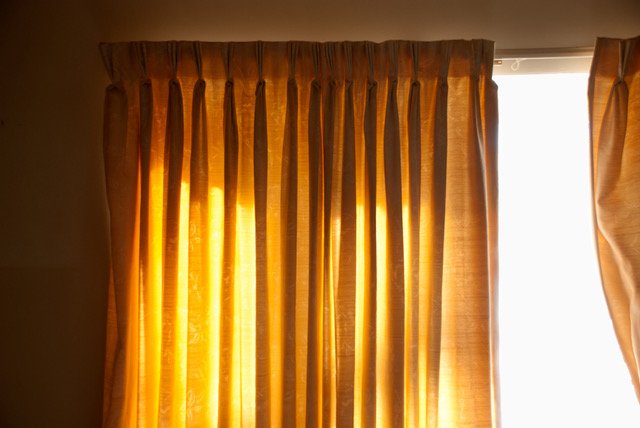Presence Remains
Frederic Weber’s newest project, Presence Remains, consists of photographs taken in homes from which the owners and their possessions are mostly gone. They depict the corners, walls, open doors, windows, the parts that make up a domestic space. The owners have moved on—they have died or have simply abandoned their dwellings or, in a few cases, the houses are empty because they await the destruction of a crew about to work on renovating the spaces for new owners. Soft light—mid-morning or late afternoon—some made softer by being filtered through screens or curtains—delicately light the spaces. Think of how the light in Vermeer paintings takes on an almost physical quality—the invisible made visible and given weight as well—and you will have some sense of what Weber has accomplished.
One’s first impulse is to write that Weber’s photographs show the viewer empty spaces. There certainly are no people present. But there are things, a long catalogue of objects—a chandelier, a lamp, an electric cord, built-in cabinets, a shelf in an open closet, a kitchen sink area cluttered with empty containers and a branch of dead leaves, boards leaning at various angles against walls.
Nothing stands between Weber’s photographs and the viewer. They are direct, assured, simple and elegant images. What they describe is unmanipulated, is what the camera saw when the shutter was clicked. Yet they possess an ambiguity; they quietly hint at metaphoric meanings. The viewer finds that the territory they inhabit, one where straight facts—everything that the images describe or possess—shifts ever so slightly. The delicacy of their light, the softness of their colors, and the silence that infuses them requires that they be viewed with eyes open to their emotional weight.
— Edward Osowski




















